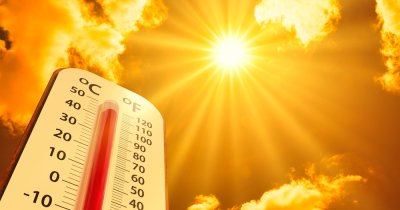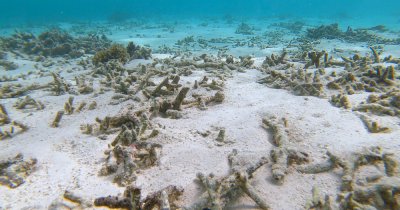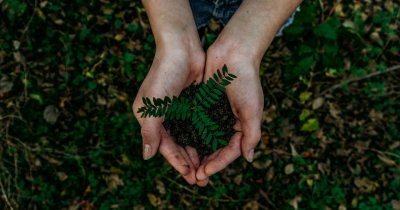The World Economic Forum reports that every year the ice that surrounding Antarctica gets thinner and thinner due to the scientists and tourists that come and go by either planes or boats.
In fact, between 2016 and 2020, each person that went to see Antarctica, one of Earth's last wild places, contributed to around 83 tons of melted snow and ice, mostly because of cruise ship emissions.
These touristic activities and even scientific ones are said to intensify in the next few years, which will contribute to even more pollution and even warmer temperatures that, in return, will melt more ice and snow.
The Antarctic Treaty forces tourists and scientists to remove waste from the region either by plane or ship for disposal, but that doesn't mean that climate change doesn't affect Antarctica.
Fuel is burned all the time in order to power the drills that scientists use, warm the stations and, of course, for the transportation methods.
The sources of black carbon in Antarctica are almost local exclusive, as the area is quite well isolated from the rest of the world by its circumpolar winds, which means that pollution from the rest of the world can't reach the southernmost part of the Earth.
Scientist are affecting Antarctica more than tourist because they stay there for longer periods of time, with areas around settlements seeing a thinning snow layer every summer, by 23mm to be precise.
What's more worrying is that microplastics were found in sea ice and even penguins around Antarctica, which shows that the human impact is greater than it first seems.
Further research needs to be conducted in order to know how we can mitigate the warming effects in the Antarctica, as human activity, whether touristic or scientific, will become more and more prevalent.
 Mihai - Cristian Ioniță
Mihai - Cristian Ioniță












Any thoughts?